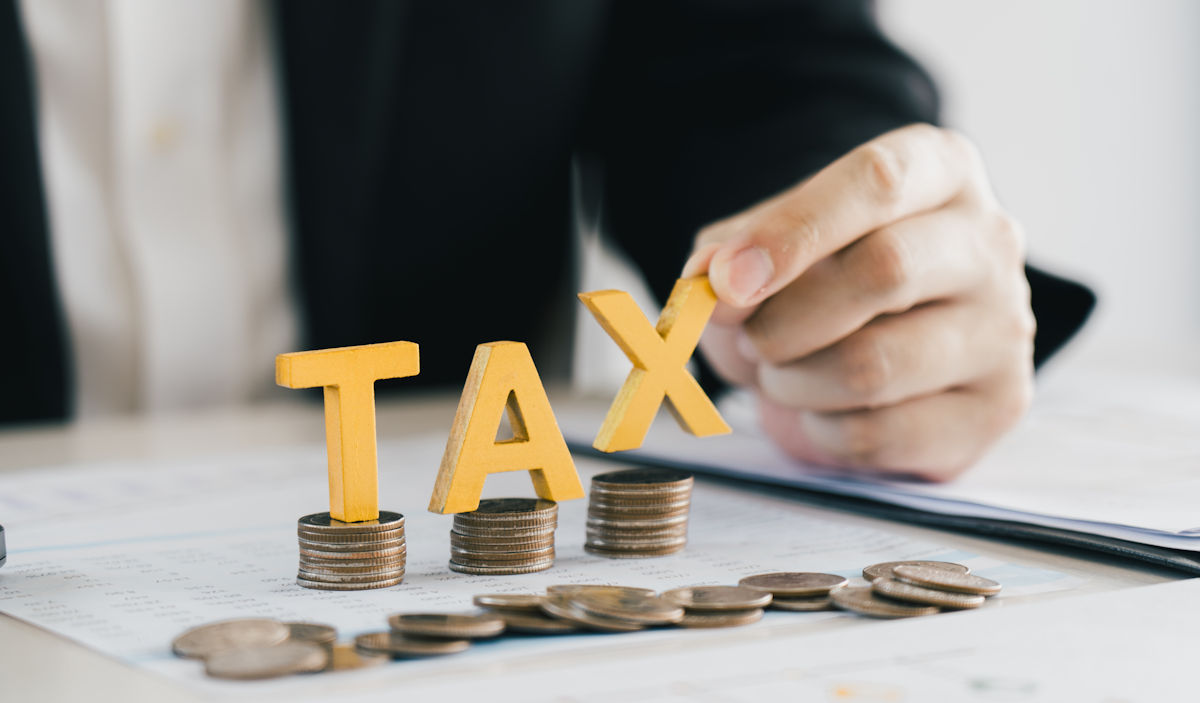Over the course of 2025 (so far), the digital advertising space led by platforms like Google and Meta has been forced to shift in a number of ways. The market has changed and will continue to do so as international trade relations fluctuate, technology makes rapid advancements, and antitrust laws force hands.
In this new article, we’re taking a look at several of the major changes and shifts occurring in Google’s digital advertising space in 2025.
No More Digital Services Tax

In June of 2025, the Canadian federal government announced the rescission of the Digital Services Tax (DST). The DST was announced in 2020 to generate tax revenue from large American tech companies like Google, Meta and Amazon, who may not otherwise have been paying tax on their revenues generated within Canada. The tax was applied at a rate of 3% on revenue and was passed along to the consumer, which ended up being Canadian companies paying for advertising. The tax was expected to bring in over $7 billion in just 5 years.
The DST was rescinded in the summer of 2025 by Minister of Finance François-Philippe Champagne and the federal government, mentioning “an anticipation of a mutually beneficial comprehensive trade arrangement with the United States”.
U.S. President Donald Trump was very vocal about his dislike of the tax on American companies, and even went so far as to end all trade discussions because of the DST. In order to appease the President and restart trade talks, the Canadian government decided to scrap the tax.
Antitrust Suits

As it stands today, Google completely dominates the search market. Not only does Google command over 85% of the global market share for search, but the platform also offers a wide range of digital advertising products, including search ads, display ads, and video ads on YouTube.
In August of 2024, in a case brought forward by the U.S. Department of Justice, a federal judge ruled that Google held an illegal monopoly on online search and advertising. The judge said Google acted as a monopolist in the space by blocking competitors and created a feedback loop between their monopolization of search and increased digital ad revenue, which allowed them to increase prices for ads.
Today, the judge is considering several remedies for Google, one of which involves breaking up the company. While a breakup could take years, with Google likely to appeal, blood is already in the water. As some speculate the company may need to sell off an asset, Perplexity, an AI start-up, made an unsolicited offer to buy Google’s Chrome web browser for $34.5 billion in August of 2025.
The antitrust woes don’t end there for Google. In April 2025, the Antitrust Division of the DOJ prevailed in its second monopolization case. This time, the U.S. District Court for the Eastern District of Virginia held that Google violated antitrust law by monopolizing digital advertising markets. The suit was a result of Google’s 15 years of acquisitions, anticompetitive auction manipulation, and subverting the competition.
Going forward, consumers may notice a change in the default search engine on their Apple or Samsung devices, additional search engines on the market, different kinds of ads, and more choices.
Advancements in AI

In August of 2025, OpenAI released the newest version of their AI model, ChatGPT-5, which has been touted as another step forward towards artificial general intelligence. This model has improved capabilities in writing, coding, math and other problem-solving, and signifies the advancement of the AI sector at large.
AI is influencing the world of digital advertising in a number of ways. To start, AI algorithms are being used by ad platforms to assist in the buying and placing of digital ads, predictive analysis, and adjusting spending. On ad platforms like Google Ads, there is a strong push to encourage campaign managers to hand over the reins to automation.
In Google Ads, the Performance Max campaign type is now the default when kickstarting an advertising campaign. Performance Max uses AI to deliver ads across multiple Google networks, optimizing itself in real time while loosening the grip of human campaign managers.
AI is also making an impact on the creative side of digital ad creation. AI tools are able to generate content in a variety of formats for different ad products, including text headlines, images, and videos. It’s still up to advertisers how they prefer to create their content, but the abundance of AI tools is becoming increasingly enticing as the AI technology improves.
Performance Max Campaigns Google Ads
Google Ads has been pushing its automation on its advertisers for years now. Automated bidding like Cost Per Acquisition (CPA), and Target Return on Ad Spend (ROAS) have been a focal point of their recommendation engine for ages. The thing is, unless your market and product have a high turnover, these will often end up hurting your campaigns. Still, the tsunami of cold calls from contracted Google Account Specialists keeps coming, and their scripts are undoubtedly filled with recommendations to turn on as much automation as possible.
Still, Performance Max campaigns have their place, so long as you have enough supporting assets to make use of their full gamut of advertising channels and have very robust reporting and revenue data. Channels like Search, Display, Advertising Partners using AdSense, YouTube, Gmail, etc. You provide headings, descriptions, long descriptions, longer descriptions, images, videos, a call asset, sitelinks, locations, etc., and Google will assemble ads in every advertising location where it thinks you might get a foothold. The more assets you use, the better chance of Google using your ad in other networks.
Use Negative Keywords! It wasn’t always that you could deploy a negative keyword list for Pmax campaigns, so this is a very important step in finding any success here. Pmax will spend all your budget on branded keywords if you let it, so block those from your campaigns. There’s heaps more to learn about Pmax Campaigns, and they are usually not a good fit for marketers. However, they can have their place if you watch it like a hawk!
AI Max Feature
A much newer AI-branded feature is called AI Max for Search campaigns. This is a new feature that has been rolling out to advertisers that tries to hide some of the less useful automations from the ‘Auto Apply’ list that we avoid with great frequency. AI Max for Search just allows it to automatically manipulate your campaign budget and ads without really telling you what it’s doing. Things like automatically created assets which are now called ‘Text Customizations’, will start appearing in your asset list. Here are a few of the more useful features of AI Max for Search:
- Brand settings allow you to set brand inclusions or exclusions depending on your campaign goals. A very useful tool
- Final URL expansion will ignore your specified target URL and send traffic to other pages in your website based on its AI leanings. If you use UTM parameters, you’ll likely lose them to this feature, but that’s worth testing.
- Locations of interest allow you to place a bit more prominence on certain areas within your location targeting as a signal to AI Max to favour those areas, while also targeting the other areas when it seems right.
- Updated reporting also shows AI Max summary rows and an AI Max ‘keyword match type’ in the search terms report to add a bit more clarity.
The AI-leaning features of Google Ads are still best suited for new marketers or where a very low budget could be suited for a more automated ad strategy that spreads your brand across a wider range of networks, devices, and formats. But, for the seasoned veteran, we suggest avoiding these features for your main campaigns, but also be curious and read and test these new features for yourself!
Caorda’s digital marketing team can help you pay your way to the top of the search results, attract more traffic, and earn more conversions across search and social. And with decades of experience on both Google and Meta’s ad platforms, we can help you stay on top of trends in the market. Contact us today to inquire about a paid campaign for your business.
